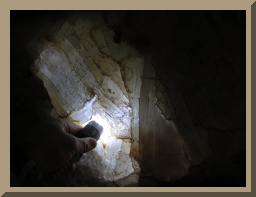 abc17.34.jpg |
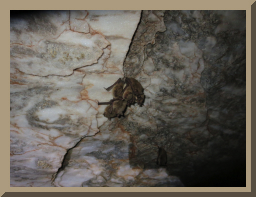 abc17.35.jpg |
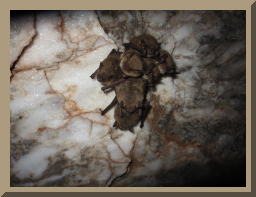 abc17.36.jpg |
| But Illegal to take out of the cave! Leave it there! | The most common bat in this cave is the common cave bat - Cave Myotis - Myotis Velifer | Myotis can be hibernating solo, in pairs or even in giant groups called 'mats'. |
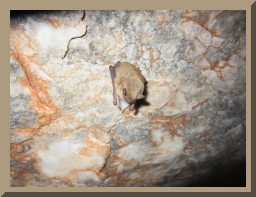 abc17.37.jpg |
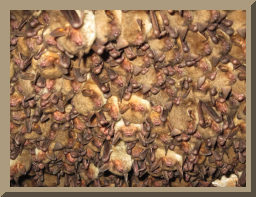 abc17.38.jpg |
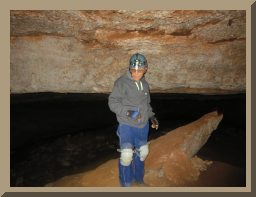 abc17.39.jpg |
| They sleep from approx. November to March/April (depending on how cold it is out there) | Since they are insect eaters and most insects don't exist during the winter - their food source is gone so why not sleep the winter away? | We once again did some scientific studies this bat count. |
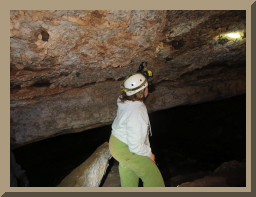 abc17.40.jpg |
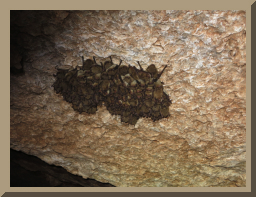 abc17.41.jpg |
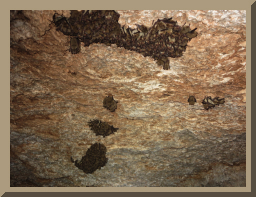 abc17.42.jpg |
| We found bats we could get real close and did some testing for WNS. | White Nose Syndrome is a disease that started on the east coast and is heading this way. | We already have three counties here in NE Oklahoma confirmed with WNS. |
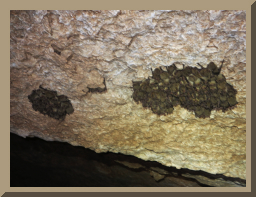 abc17.43.jpg |
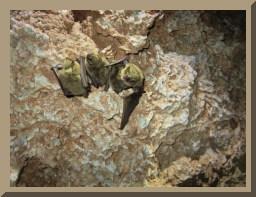 abc17.44.jpg |
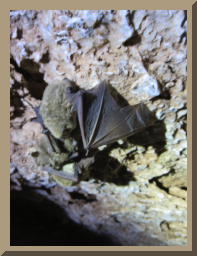 abc17.45.jpg |
| Even though it has not come this far west, we are establishing a baseline now (just in case). | I bet his arm hurts the next morning he wakes up! <grin> | Not a clear picture but it is neat to see the finger bones in his hand (yup... his wing is his hand. The hook at the juncture is his thumb. |
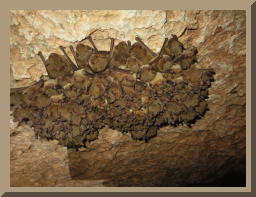 abc17.46.jpg |
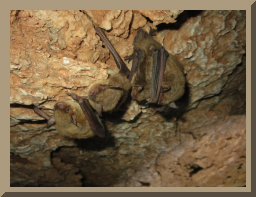 abc17.47.jpg |
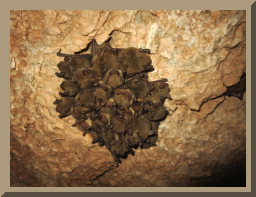 abc17.48.jpg |
| So we chose a few mats to get collection samples. | Easy to reach was the main reason as if you slipped you slid down about 20 feet into an underground creek (and the water is BRRRR Cold!) | None of our bats this year were observed with any signs of WNS! Whew! |
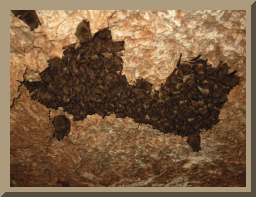 abc17.49.jpg |
 abc17.50.jpg |
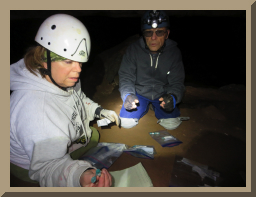 abc17.51.jpg |
| Many of these pictures can be clicked on to see full size image. | We made it that way for the scientists to see in detail if they need to observe any bat in the picture. | To get a sample needs a couple of people... one to get a sterile swab, dip it into a sterile tube to get the sterile water on the swab... |
 abc17.52.jpg |
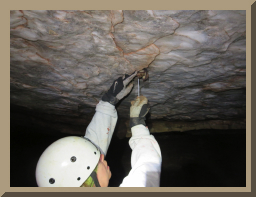 abc17.53.jpg |
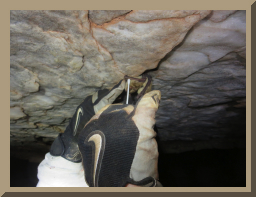 abc17.54.jpg |
| Notice the word sterile? We don't want to send something that may diagnosed that was not on the bat in the first place. | Then a person rolls the Q-tip-like applicator across the nose and arms to get any pathogen that might be on the bat. | The swab is then put back into the water tube and broken off so that the tube can close and be sealed. |
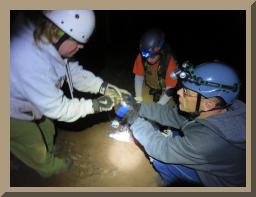 abc17.55.jpg |
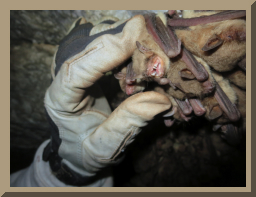 abc17.56.jpg |
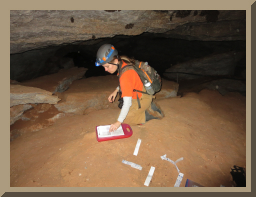 abc17.57.jpg |
| Then it is placed in a clean bag. 25 samples are taken from 25 different bats. | Data about the bat is documented with the hardest part is determining sex of the bat... they don't like to be disturbed! | All info is kept on a data sheet with all info and samples shipped off to be examined by professionals. |
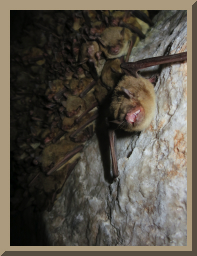 abc17.58.jpg |
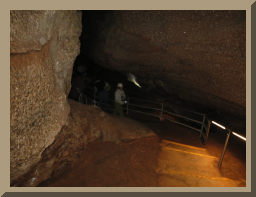 abc17.59.jpg |
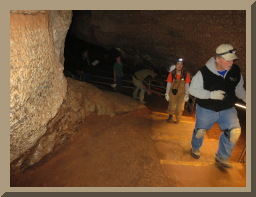 abc17.60.jpg |
| Good close up of their teeth... they let you know their displeasure but soon settle back down and go back to sleep. | Finally the two groups meet up again and we spend the rest of the trail together again. | Notes and counts are given to Mike from Lower Cave and he adds them to our totals. |
 abc17.61.jpg |
 abc17.62.jpg |
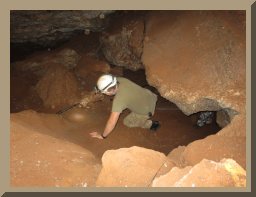 abc17.63.jpg |
 abc17.64.jpg |
 abc17.65.jpg |
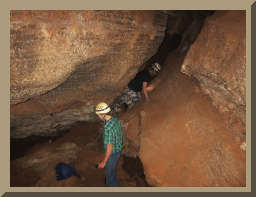 abc17.66.jpg |